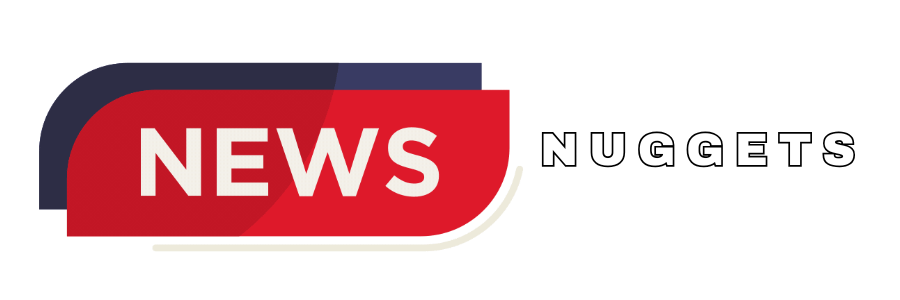On May 5, 2025, the U.S. Department of Education will reinstate student loan collections, ending a four-year pause implemented during the pandemic. This move affects millions of borrowers who have not made payments since March 2020. Officials have stated that nearly 43 million Americans hold student loan debt. However, only a little more than a third have made regular payments during this period.
The restart of collections marks a significant shift for borrowers. Missed payments will once again impact credit scores. Repayment plans will be enforced. Defaulted loans can trigger wage garnishment, tax refund offsets, and legal action, according to the Department of Education.
What You Need to Know About the May 5 Deadline
Borrowers with defaulted loans must act quickly to avoid severe financial consequences. The Department of Education has urged those in default to contact their loan servicers. They can explore options such as loan rehabilitation or consolidation. These programs can help borrowers return to good standing by setting up manageable payment plans.
For those who have kept up with payments, the resumption of collections does not directly affect them. However, the broader economic impact of renewed enforcement could influence interest rates and financial stability for all borrowers. Analysts suggest that the return of collections may pressure lawmakers to revisit student debt relief policies. Inflation remains a concern.
How Many Borrowers Are Affected?
Approximately 6 million federal student loans are in default, with total outstanding debt exceeding $1.6 trillion. These figures highlight the scale of the challenge facing the Department of Education as it resumes collections. Many borrowers have struggled with rising living costs, job instability, and healthcare expenses, complicating efforts to repay loans.
The Biden administration has emphasized that repayment plans can be adjusted to fit individual circumstances. For example, income-driven repayment programs cap monthly payments at a percentage of a borrower’s income, making them more affordable. Borrowers are encouraged to review their options and seek assistance from the Department of Education’s online tools.
Broader Implications for Borrowers and the Economy
The restart of collections has sparked debates about the fairness of the student loan system. Advocates for debt cancellation argue that many borrowers face unmanageable balances and should be eligible for relief. Meanwhile, critics warn that forgiving large portions of student debt could strain government budgets and discourage responsible borrowing.
Economists suggest the resumption of collections could slow consumer spending, as borrowers redirect funds toward loan repayments. This shift could also impact industries reliant on hiring graduates. Healthcare and education may suffer if repayment burdens deter new students from pursuing degrees.
Final Thoughts
The May 5 deadline is a critical moment for student loan borrowers. The Department of Education has provided resources to help those in default. However, the long-term solution will need a balance between accountability and support. As collections resume, borrowers must focus on communication with their loan servicers and explore every available option to avoid financial hardship. For policymakers, the situation underscores the urgent need for reforms. These reforms should handle the root causes of student debt. They must also protect borrowers from undue stress.



